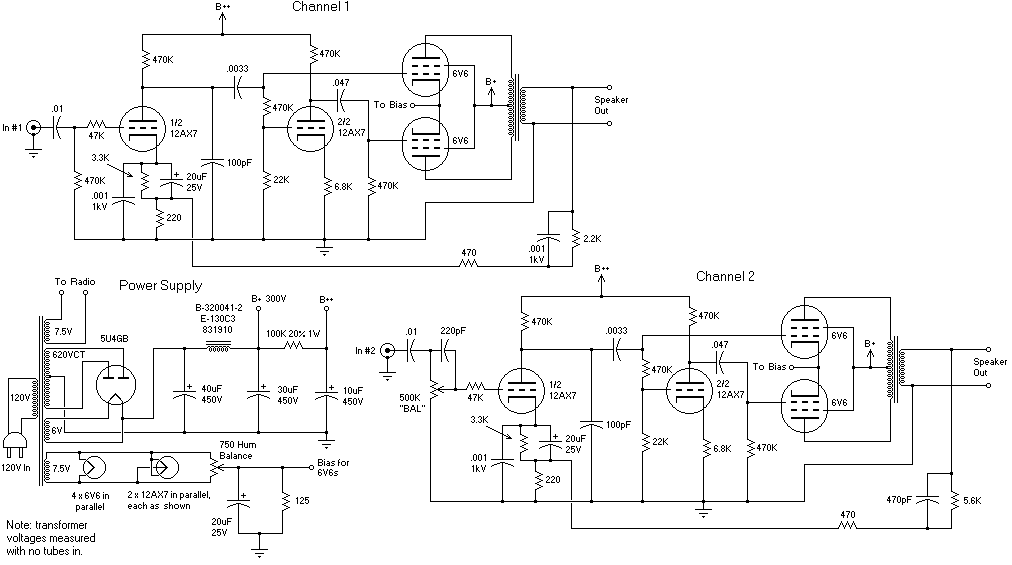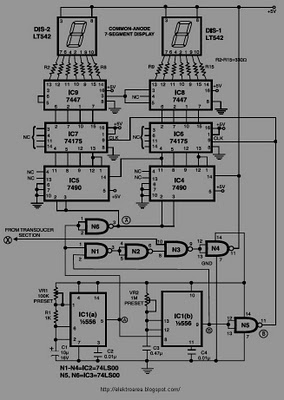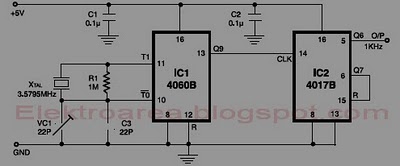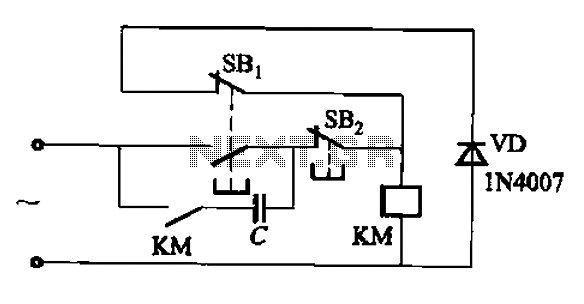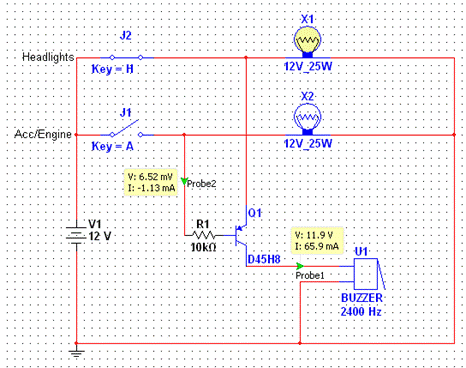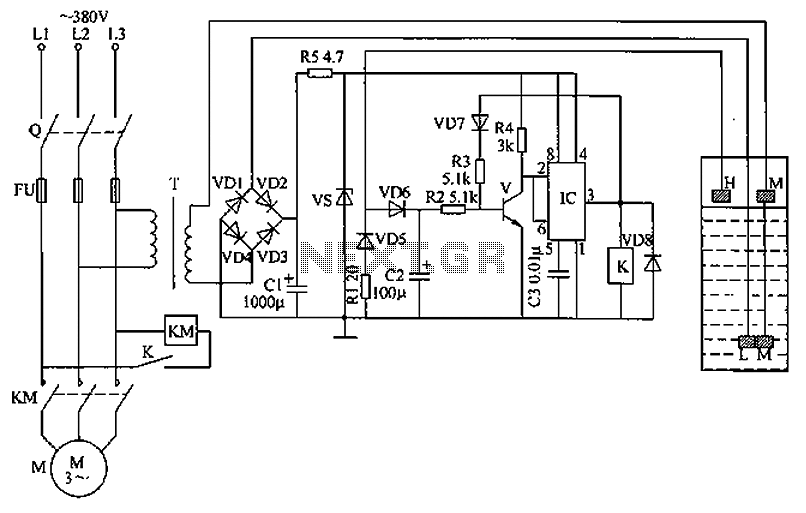
Tuning circuit composed by the TA7335P
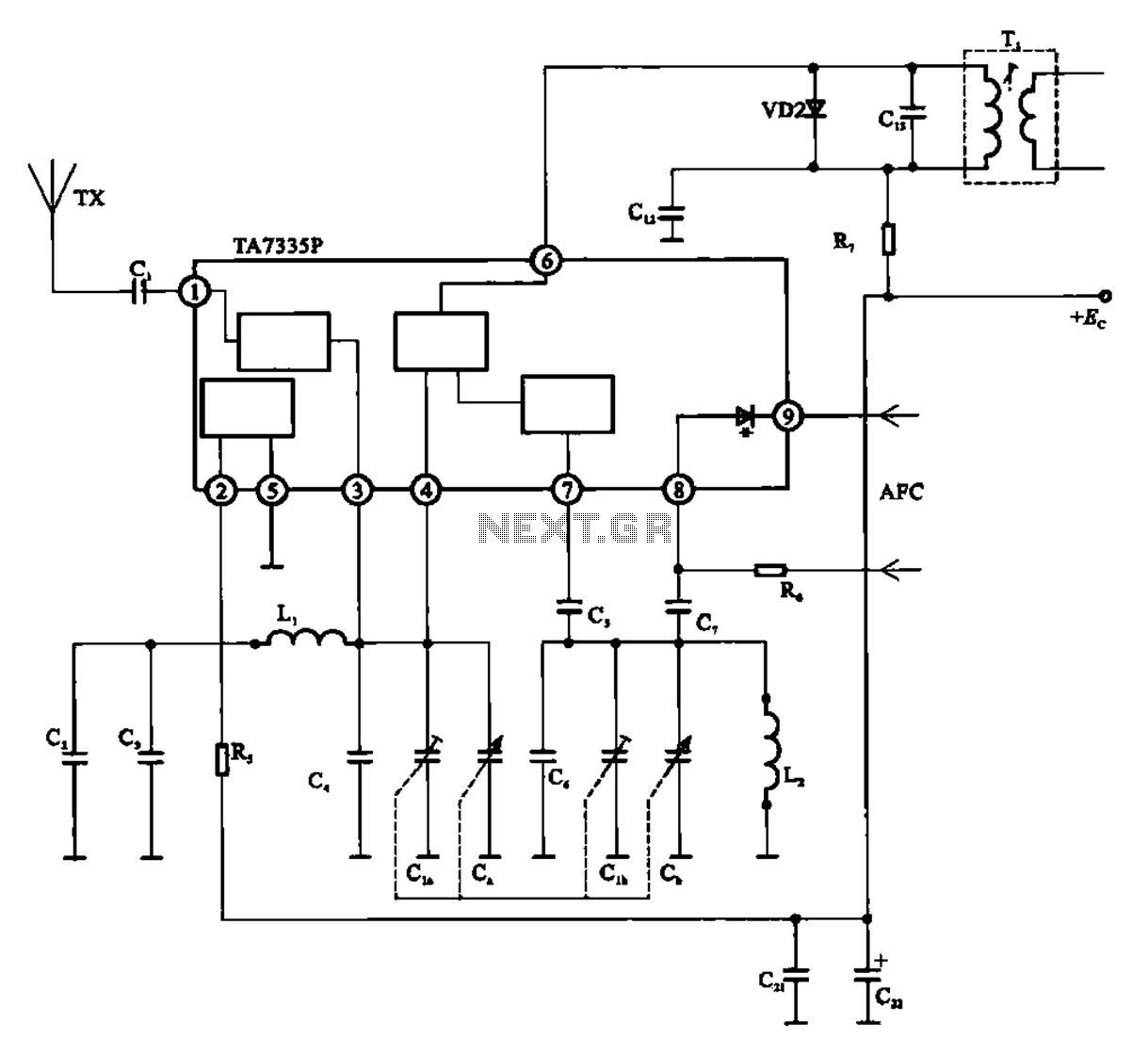
The FM front-end circuit, also referred to as an FM receiver circuit, is composed of discrete components. This configuration presents challenges in debugging and is prone to difficulties in miniaturization, leading to its gradual replacement by FM radio integrated circuit (IC) solutions. The TA7335P is a 9-pin single in-line plastic structure with a working voltage of 2 to 6V and incorporates an automatic frequency control (AFC) varactor diode. The composition of FM circuits using the TA7335P is illustrated in a referenced figure.
The FM front-end circuit serves as a critical component in FM radio receivers, enabling the reception and demodulation of frequency-modulated signals. The discrete component design allows for flexibility in circuit configuration and component selection, but it also introduces complexities in troubleshooting and optimization. Each component must be carefully chosen to ensure compatibility and performance, which can complicate the design process, particularly when attempting to achieve compact form factors.
The TA7335P integrated circuit simplifies many of these challenges. It integrates multiple functions into a single package, thereby reducing the number of discrete components required. This not only streamlines the assembly process but also enhances reliability and performance. The 9-pin configuration allows for easy integration into various circuit designs while maintaining a compact footprint.
The operational voltage range of 2 to 6V makes the TA7335P versatile for various applications, including battery-powered devices. The incorporation of an AFC varactor diode within the IC aids in maintaining stable frequency reception, automatically adjusting the tuning of the circuit to accommodate signal variations. This feature is particularly beneficial in environments with fluctuating signal strengths, ensuring consistent audio output quality.
In summary, while traditional discrete component FM front-end circuits have their merits, the TA7335P represents a modern solution that addresses many of the limitations associated with older designs. Its compact size, integrated functionality, and robust performance make it an ideal choice for contemporary FM radio applications, paving the way for more efficient and reliable receiver designs.Composed of discrete components, also known as FM front end circuit FM receiver circuit, since components and more difficult to debug, easy miniaturization and other shortcomin gs, has recently been gradually replaced by FM radio IC circuit. TA7335P 9-pin single in-line plastic structure, working voltage is 2 ~ 6V, AFC varactor diode. TA7335P shown by FIG composition FM circuits.
The FM front-end circuit serves as a critical component in FM radio receivers, enabling the reception and demodulation of frequency-modulated signals. The discrete component design allows for flexibility in circuit configuration and component selection, but it also introduces complexities in troubleshooting and optimization. Each component must be carefully chosen to ensure compatibility and performance, which can complicate the design process, particularly when attempting to achieve compact form factors.
The TA7335P integrated circuit simplifies many of these challenges. It integrates multiple functions into a single package, thereby reducing the number of discrete components required. This not only streamlines the assembly process but also enhances reliability and performance. The 9-pin configuration allows for easy integration into various circuit designs while maintaining a compact footprint.
The operational voltage range of 2 to 6V makes the TA7335P versatile for various applications, including battery-powered devices. The incorporation of an AFC varactor diode within the IC aids in maintaining stable frequency reception, automatically adjusting the tuning of the circuit to accommodate signal variations. This feature is particularly beneficial in environments with fluctuating signal strengths, ensuring consistent audio output quality.
In summary, while traditional discrete component FM front-end circuits have their merits, the TA7335P represents a modern solution that addresses many of the limitations associated with older designs. Its compact size, integrated functionality, and robust performance make it an ideal choice for contemporary FM radio applications, paving the way for more efficient and reliable receiver designs.Composed of discrete components, also known as FM front end circuit FM receiver circuit, since components and more difficult to debug, easy miniaturization and other shortcomin gs, has recently been gradually replaced by FM radio IC circuit. TA7335P 9-pin single in-line plastic structure, working voltage is 2 ~ 6V, AFC varactor diode. TA7335P shown by FIG composition FM circuits.
